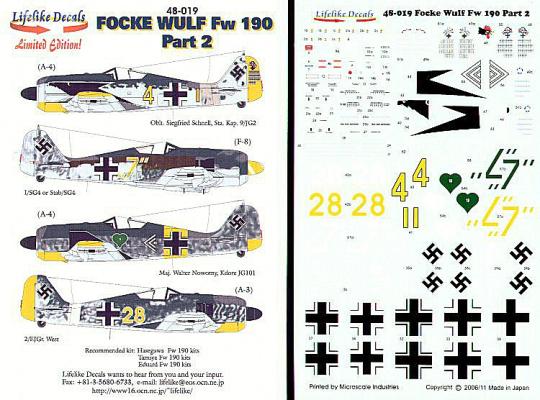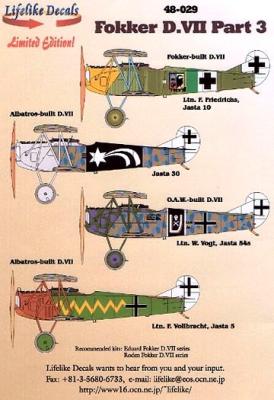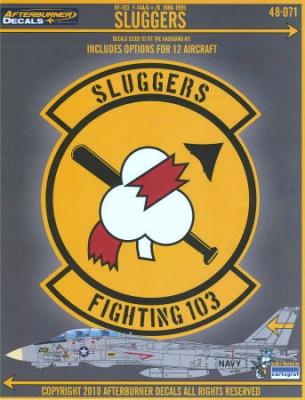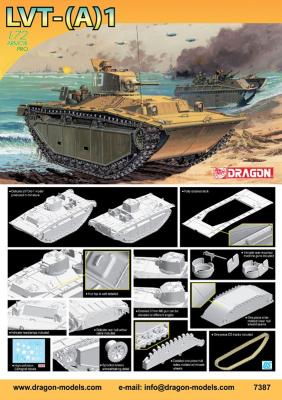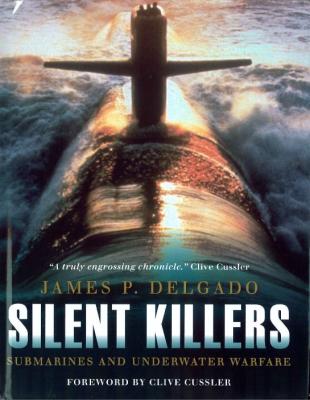Lifelike Decals are some of the best designed and clearly printed decals on the market today. This set has a combination of Fw190A/F examples for four different Focke Wulf aircraft.
This decal set provides markings for:
- Fw 190A-3, 2/EJG2. West, Yellow 28, Cazaux AB, France, 1942
- Fw 190A-4, 9./JG 2, Yellow 4, Vannes AB, France, Feb 1943, as flown by Oblt Siefried Schnell
- Fw 190A-4, Commander JG 101, Triple Chevron, Pau AB, France, Summer 1944, as flown by Major Walter Nowotny
- Fw 190F-8, I./SG 4, Yellow 7, Wenden AB, Germany, Sep 1944
The color profile sheets show a Side, top and bottom views of each aircraft.
This set also comes with “swastikas” (Thank you Lifelike for including them on the sheet and not wasting our time with lame politically correct nonsense) and the national markings. You also get a nice set of stencils.











